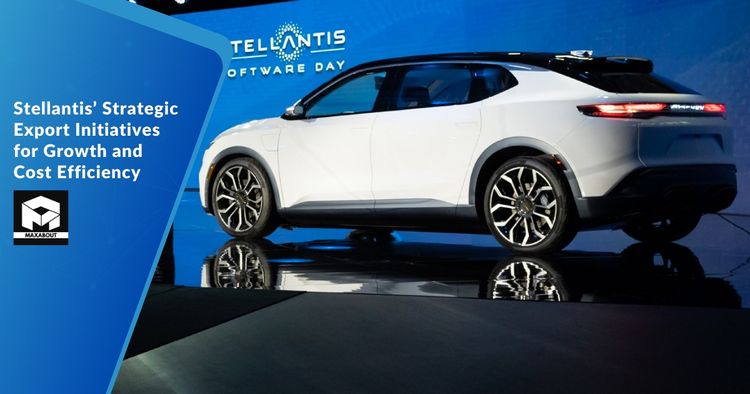Introduction
Stellantis, Europe's second-largest automaker, has found success in the Indian market by implementing a robust export strategy. Stellantis India's Deputy MD, Aditya Jairaj, emphasizes the importance of exports in increasing volume and, more significantly, in lowering the price of electric vehicles (EVs).
Profitability Through Robust Engine and Gearbox Exports
Despite holding a modest market share in India with its Jeep and Citroen brands, Stellantis has achieved profitability. The company's export of hundreds of thousands of engines and gearboxes is credited with its financial success. Carlos Tavares, Stellantis' global CEO, recognizes India as a pivotal base for exporting engineering Research and Development (R&D), engines, and gear parts.
Deep Localization and Future Platform Integration Strategies
Stellantis places a high priority on deep localization as a key driver for its export plan. The company plans to localize battery components and cells in India for both export and domestic use. Currently, Stellantis operates with separate manufacturing locations in India; however, the plan is to integrate all models from its brands onto the common STLA M platform. This move aims for greater synergies, not only on a global scale but specifically within the Indian market.
STLA M Platform: Paving the Way for Future Models and EV Integration
The recently unveiled STLA M platform is poised to make its debut in India with the next-generation Jeep Compass in 2026, along with Citroen's upcoming models. Stellantis' strategy places a lot of emphasis on this platform, especially when it comes to negotiating the changing terrain of electric vehicles.
Positioning India as an Export Powerhouse
Stellantis sees India not just as a key export hub for Southeast Asia but also for Africa and the Middle East. Jairaj emphasizes the strategic value of exports in attaining volume growth and the necessity of vertical integration in preserving cost structures that are competitive.
Citroen's Localization Triumph and Agile Entry into the EV Segment
With Citroen achieving over 90 percent localization levels in India, Stellantis emphasizes its success in adapting to the local market. Despite entering the Indian market later than some competitors, Citroen swiftly entered the electric vehicle segment, launching the eC3 within six months of the Internal Combustion Engine (ICE) version.
Challenges in EV Adoption and Future Projections
Jairaj candidly acknowledges the challenges associated with electric vehicle adoption, citing limitations in battery, battery pack, and cell localization. In order to achieve mass-market EV adoption, he highlights the necessity of a uniform interface for charging alternatives and urges patience and attention to enablers. Jairaj projects that by 2030, a 20-25 percent penetration of EVs would be indicative of a successful shift in the automotive landscape.

